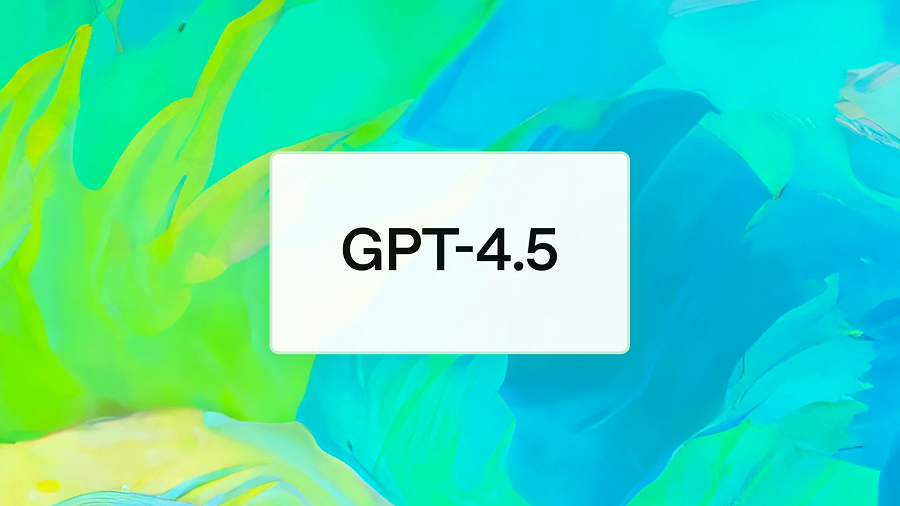 AI
AI
 AI
AI
 AI
AI
OpenAI today introduced GPT-4.5, a general-purpose large language model that it describes as its largest yet.
The ChatGPT developer provides two LLM collections. The models in the first collection are geared toward reasoning tasks such as code generation. OpenAI’s remaining LLMs, in turn, lack advanced reasoning capabilities and focus on text generation tasks that require creativity or general knowledge. GPT-4.5 falls into the latter category.
Compared with the previous-generation GPT-4o, OpenAI’s latest LLM is better at interpreting user input. OpenAI detailed in a blog post that GPT-4.5 can understand “subtle cues or implicit expectations” in prompts. That allows it to align its output more closely with user requirements.
According to OpenAI, GPT-4.5 also introduces emotional intelligence improvements over GPT-4o. That enables it to perform certain tasks more effectively. For example, GPT-4.5 can more reliably determine whether a user is seeking a brief or lengthy response to a prompt.
Under the hood, the model is powered by an AI development technique called unsupervised learning.
Many AI models are trained through a so-called supervised learning workflow. It involves providing the LLM being developed with a dataset in which each piece of information is accompanied by an explanation. This explanation, or metadata, helps guide the learning process. Unsupervised learning does away with the metadata and requires the model to understand the training dataset on its own.
OpenAI says it used more infrastructure and training data than in previous unsupervised learning projects. As part of the initiative, it developed “scalable techniques that enable training larger and more powerful models with data derived from smaller models.” That hints OpenAI used earlier LLMs such as its reasoning-optimized o3 algorithm to generate training data for GPT-4.5.
Although GPT-4.5 is not specifically optimized for reasoning, it can perform a range of complicated tasks. In an internal OpenAI test, the LLM completed the SWE-Lancer Diamond collection of programming challenges with a higher score than the company’s reasoning-optimized o3-mini-high model. Additionally, GPT-4.5 solved just over a third of the questions in a 2024 qualifying exam for the U.S. Math Olympiad.
The model is available to developers through an application programming interface. OpenAI’s pricing for 1 million input and 1 million output tokens is 30 times and 15 times higher than for GPT-4o, respectively. As a result, the company is “evaluating whether to continue serving it in the API long-term as we balance supporting current capabilities with building future models.”
GPT-4.5 has also started rolling out to ChatGPT. On launch, it’s available in the top-end Pro plan of the chatbot service. OpenAI will add the model to the Plus and Team versions next week with users of the Enterprise and Edu tiers are set to receive access the week after that.
Support our mission to keep content open and free by engaging with theCUBE community. Join theCUBE’s Alumni Trust Network, where technology leaders connect, share intelligence and create opportunities.
Founded by tech visionaries John Furrier and Dave Vellante, SiliconANGLE Media has built a dynamic ecosystem of industry-leading digital media brands that reach 15+ million elite tech professionals. Our new proprietary theCUBE AI Video Cloud is breaking ground in audience interaction, leveraging theCUBEai.com neural network to help technology companies make data-driven decisions and stay at the forefront of industry conversations.